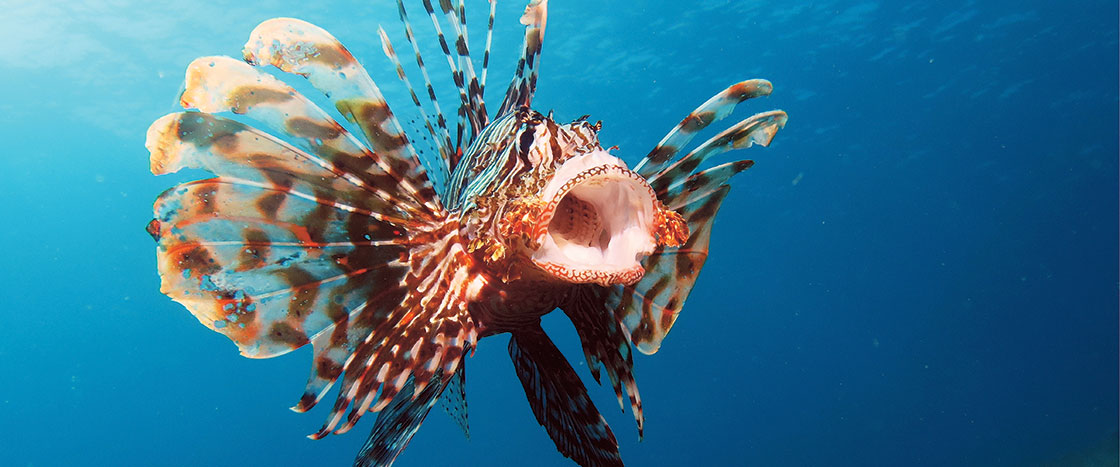It starts out innocently. Someone decides to get rid of a pet goldfish and sets it free in a river or lake. But what happens next is like something out of a horror movie.
A goldfish in the wild is nothing like the teeny orange fish that swims around in an aquarium. In the wild, goldfish grow to be gigantic—sometimes up to 4 pounds. (That’s about the size of a Chihuahua.) As they swim along the bottoms of rivers and lakes, they disturb plants and stir up sediment, harming native fish. They also eat the eggs of native fish. And they spawn at a rapid rate. A goldfish can produce up to 40,000 eggs a year, more than most freshwater species.
“Once you introduce something into a new environment—even if it’s a cute, cuddly aquarium fish—it can have quite unexpected, serious biological consequences,” Dr. Stephen Beatty of Murdoch University told The New York Times. Beatty is studying the goldfish in Australia’s Vasse River.
Over time, goldfish can take over a body of water, destroying the habitat of native species. This has happened in several states in the U.S., as well as in Canada and Australia. Goldfish have now become one of the worst invasive aquatic species on Earth.
Goldfish were first bred in ancient China, where they were considered a symbol of good luck and kept in small garden ponds. They were brought to the U.S. in the 1800s and eventually became common prizes at carnivals and fairs, as well as popular pets.
Once goldfish move into a river or lake, they are extremely difficult to get rid of. Sometimes, though, nature does clean up the messes humans make. In 2015, officials in Boulder, Colorado, were considering draining a lake that had been invaded by goldfish—until a flock of pelicans showed up and scarfed all the goldfish down.
Still, to make sure goldfish invasions don’t get worse, it is imperative that pet owners not dump their goldfish into the wild. Instead, unwanted goldfish should be given away—such as to a local aquarium or pet store.


